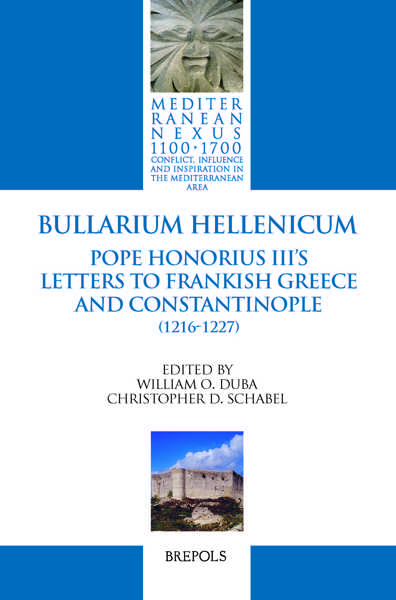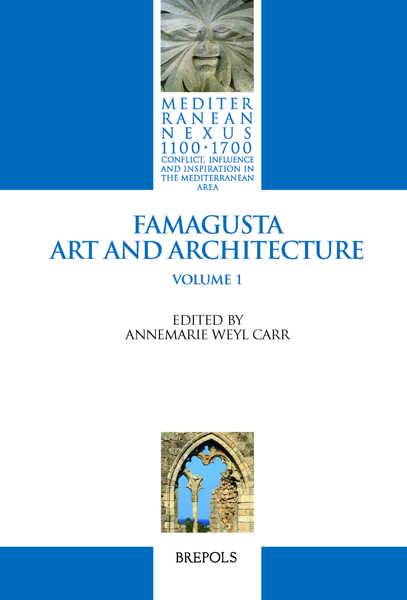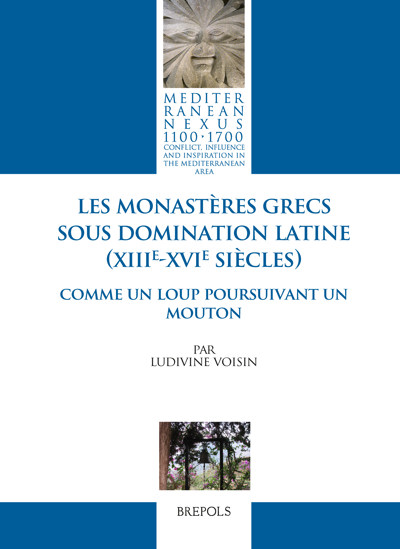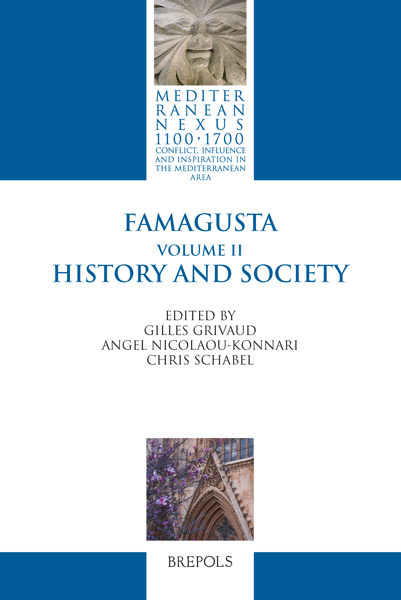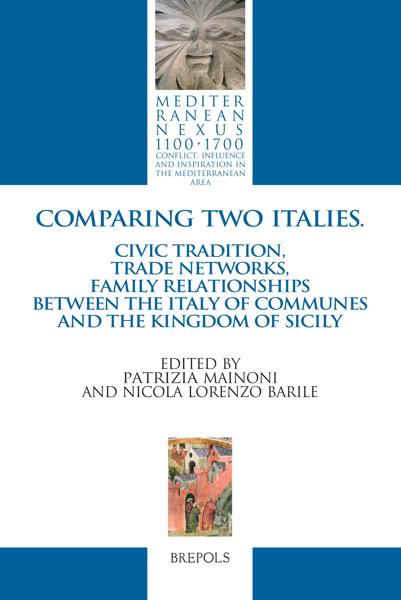
Bullarium Hellenicum
Pope Honorius III's Letters to Frankish Greece and Constantinople
William O. Duba, Christopher Schabel (eds)
- Pages: 612 p.
- Size:156 x 234 mm
- Illustrations:3 b/w, 2 tables b/w.
- Language(s):Latin, English
- Publication Year:2015
- € 135,00 EXCL. VAT RETAIL PRICE
- ISBN: 978-2-503-55464-8
- Hardback
- Available
- € 135,00 EXCL. VAT RETAIL PRICE
- ISBN: 978-2-503-56467-8
- E-book
- Available
A key source for the history of Frankish Greece and Constantinople
"Die Dokumentensammlung ist in dieser umfangreichen und, wie mir (ohne Kontrolle an den Register-Originalen) scheint, philologisch-diplomatisch zuverlässigen Edition, eine für die künftige Forschung wichtige Grundlagenarbeit zur Geschichte der France d'Outremer und der griechischen Mittelmeerwelt in den ersten Jahrzehnten des 13. Jahrhunderts, für die wir den beiden Bearbeitern großen Dank schulden." (Peter Schreiner, in: Francia-Recensio, 2016/2. Mittelalter - Moyen Âge (500-1500))
"I think this is the perfect book to give to an eager graduate student interested in Byzantium, the crusades or the papacy, who wants a taste doing research in Latin, but could use the crutch of an extended summary." (John Giebfried, in The Medieval Review, 2017.02.15)
« (…) on appréciera la qualité des éditions de textes des lettres pontificales dont beaucoup étaient resté inédites ; l’étendue des tables des noms et de personnes, de l’index rerum suffirait a montrer tout ce que nous apporte ce volume. » (Jean Richard, dans Le Moyen Âge, 122/3-4, 2016, p. 706)
This volume gathers together 277 letters of Pope Honorius III (1216-1227) concerning Frankish Greece and Constantinople. These letters constitute an indispensable source for the early history of the territories conquered during and just after the Fourth Crusade of 1204, for which almost no local archival material survives. The Latin texts of many of the letters are published here for the first time, and almost all the letters have been reedited from the manuscripts, primarily the papal registers in the Vatican Archives. In addition, the volume makes the letters available to non-specialists through exhaustive English summaries of all the letters and complete translations of the most significant ones. A lengthy historical introduction uses these letters to portray the dynamic world of the Latin Empire of Constantinople, the Kingdom of Thessaloniki, and the other states that replaced Byzantium, as the precarious condition of the Latin states compelled the ecclesiastical authorities in Rome to temper their ambitions of transcultural religious unity with pragmatic measures. It explores how this mixture of cultural idealism, practical necessity, and divergent class structures manifested themselves in Honorius' policy towards the lower Greek clergy and Greek and Latin religious orders. Maps, tables, indices, and a guide to papal letters make the volume a useful tool for future studies of this fascinating and controversial phase in the history of Greece and the papacy.
There is an historical introduction outlining what the letters of Pope Honorius III tell us about the history of Frankish Greece and Constantinople, then an Introduction to the edition, then a table of the letters, then the edition of 277 letters, including detailed English summaries, lists of manuscripts, summaries, and previous editions, the full Latin text, and apparatus criticus.
